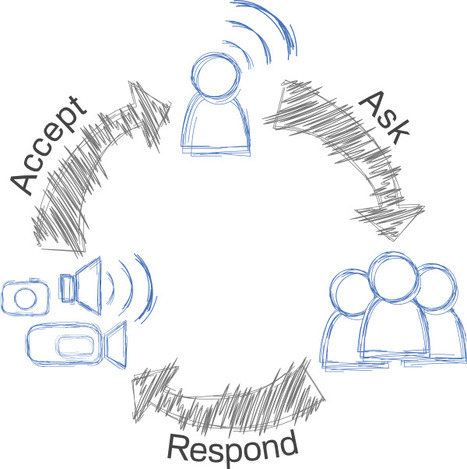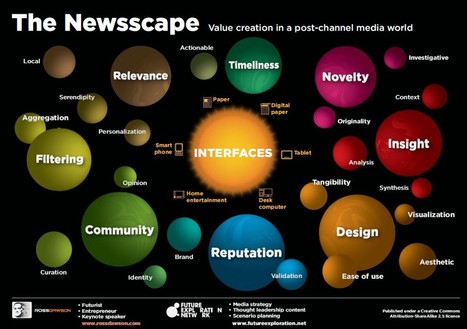I’m sure a lot of you guys have looked into curation software available ...
Obviously with the radically different price points they all do different things, but here’s the gist – a whole lot of this you can do for free.
Step One – Define your Parameters
Define your parameters by where you want the goods to go. Make sure everything is accessible from the beginning so you can leverage your curated content efficiently from the start.
Step Two – Choose your Weapons
e.g. Timely.is; G+ and FB
Step Three – Be Intentional with your Schedule
I can’t speak to your industry/niche but I can tell you that when I do my curation at somewhere between 6 and 8am EST I find a goldmine of posts that are brand-flipping-new
Step Four – Be Crazy Time Sensitive
I make sure to only curate content that is timely [less than 1% of the time curate something more than 24 hours old]
Open up a google search and type in “content marketing” at the beginning of my day, and set it to the last 24 hours.
Step Five – Be Consistent
As long as you are curating the same general stuff over and over it will work for you.
Notice: Steps 1-5 are all about the setup or protocol. Steps 6-9 are the actual daily work.
Step Six – Prepare for Battle
Open windows to the following places:
Google search
Timely.is
WP dashboard to my curation site
Google +
Facebook
Twitter
I also have a Word document open
Step Seven – Get Rolling
e.g. search for the term “content marketing” in the last 24 hours as shown above; grab 5 or 6 posts that are relevant and make tweets about them and put them on timely/buffer/scoopit
Step Eight – Natural Overflow
Doing twitter first thing after curation is great, if you have the time.
20-30 minutes after you have your automated posts in place to interact with your feed, clean out the spam tweeps, follow back the real people, etc.
Step Nine – Use what you Learn
Use your curation is as the basis for your own blogs
Not regurgitation, but rather letting your new-found knowledge fuel your next post. Or, add to the list of blog ideas you have on a running list somewhere.
Setting aside this 45 minutes a day to get the most relevant pieces of content your industry has to offer can not only fill your feeds, but it can also fuel your entire day. And it should, because you should be talking about the latest things in your industry.
Great ideas by Amie Marse - http://bit.ly/HfET6B ;
Via maxOz, janlgordon



 Your new post is loading...
Your new post is loading...












